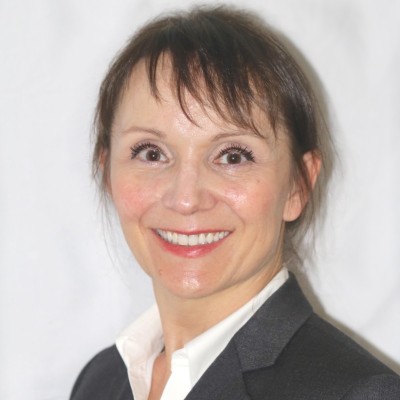- Video Library
- Dr. Margaret Kalmeta, Rapid Nexus - Nanotechnology Wound Dressing | LSI USA '24
Dr. Margaret Kalmeta, Rapid Nexus - Nanotechnology Wound Dressing | LSI USA '24

Dr. Margaret Kalmeta
Dr. Margaret Kalmeta is the CEO of Rapid Nexus Nanotech Wound Solutions, Inc., a clinical stage medtech company that has developed a novel peripheral neuropathy tissue healing product. With over 20 years of experience in medical research, she has developed innovative technology that uses nanomaterials to eliminate infections while rapidly increasing volume and density of tissue, preventing limb amputations and reducing healthcare costs.
Rapid Nexus has recently secured two additional patents, bringing the current tally to 7 issued U.S. patents and 6 issued international patents. The company has also won the FAA's Tech Connect Defense Innovation Award and partnered with the Joseph M. Still Research Foundation.
Dr. Kalmeta is passionate about solving one of the most pressing challenges in the medical industry: limb loss due to neuropathy and complex wounds. She has founded and grown five successful start-ups in the past, all of which were acquired. She is trained in oral surgery and a community health advocate, who strives to improve the quality of life and well-being of patients around the world.
Dr. Margaret Kalmeta
Dr. Margaret Kalmeta is the CEO of Rapid Nexus Nanotech Wound Solutions, Inc., a clinical stage medtech company that has developed a novel peripheral neuropathy tissue healing product. With over 20 years of experience in medical research, she has developed innovative technology that uses nanomaterials to eliminate infections while rapidly increasing volume and density of tissue, preventing limb amputations and reducing healthcare costs.
Rapid Nexus has recently secured two additional patents, bringing the current tally to 7 issued U.S. patents and 6 issued international patents. The company has also won the FAA's Tech Connect Defense Innovation Award and partnered with the Joseph M. Still Research Foundation.
Dr. Kalmeta is passionate about solving one of the most pressing challenges in the medical industry: limb loss due to neuropathy and complex wounds. She has founded and grown five successful start-ups in the past, all of which were acquired. She is trained in oral surgery and a community health advocate, who strives to improve the quality of life and well-being of patients around the world.

17011 Beach Blvd, Suite 500 Huntington Beach, CA 92647
714-847-3540© 2025 Life Science Intelligence, Inc., All Rights Reserved. | Privacy Policy







